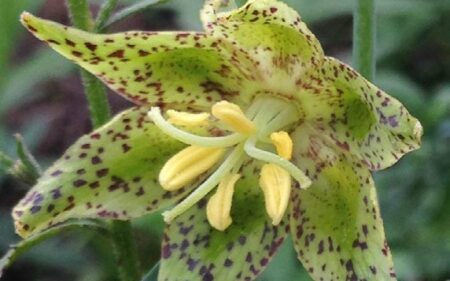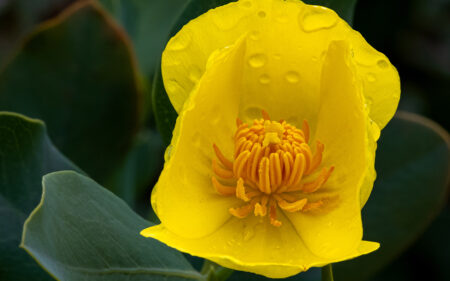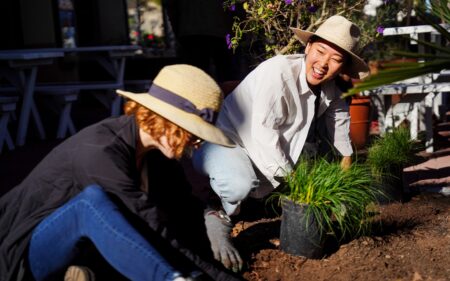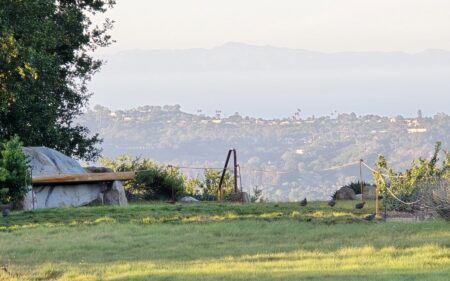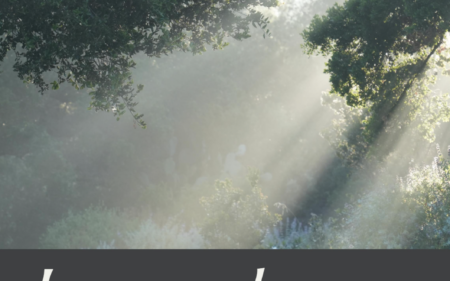Tiny Bugs, Big Mission: Biocontrol Research in the Garden
If you’ve seen people sweeping bushes with nets or tapping tree branches around the garden lately, you’ve caught a glimpse of a fascinating project in action. Greg Simmons from USDA APHIS and Mari West from UC Riverside have been busy collecting tiny insects called planthoppers, and it’s all part of an important effort to stop a serious pest from spreading.
What’s the buzz about?
The team is working with the U.S. Department of Agriculture on a project testing biocontrol, a natural way to manage pests, to fight the spotted lanternfly, a destructive invasive insect that has already spread across much of the eastern United States.
What is the spotted lanternfly, and why is it a problem?
The spotted lanternfly (Lycorma delicatula) is originally from Asia and was first found in the U.S. in 2014. With its striking spotted wings and bright red body, it may look beautiful, but it’s a major threat to plants. It feeds on the sap of over 70 species, including trees, grapes, and hops. Over time, this weakens or even kills plants. It’s especially harmful to farmers and winegrowers. Even worse, it spreads fast, its eggs can hitch a ride on cars, firewood, and outdoor furniture.
The good news? We don’t have it on the West Coast, yet.
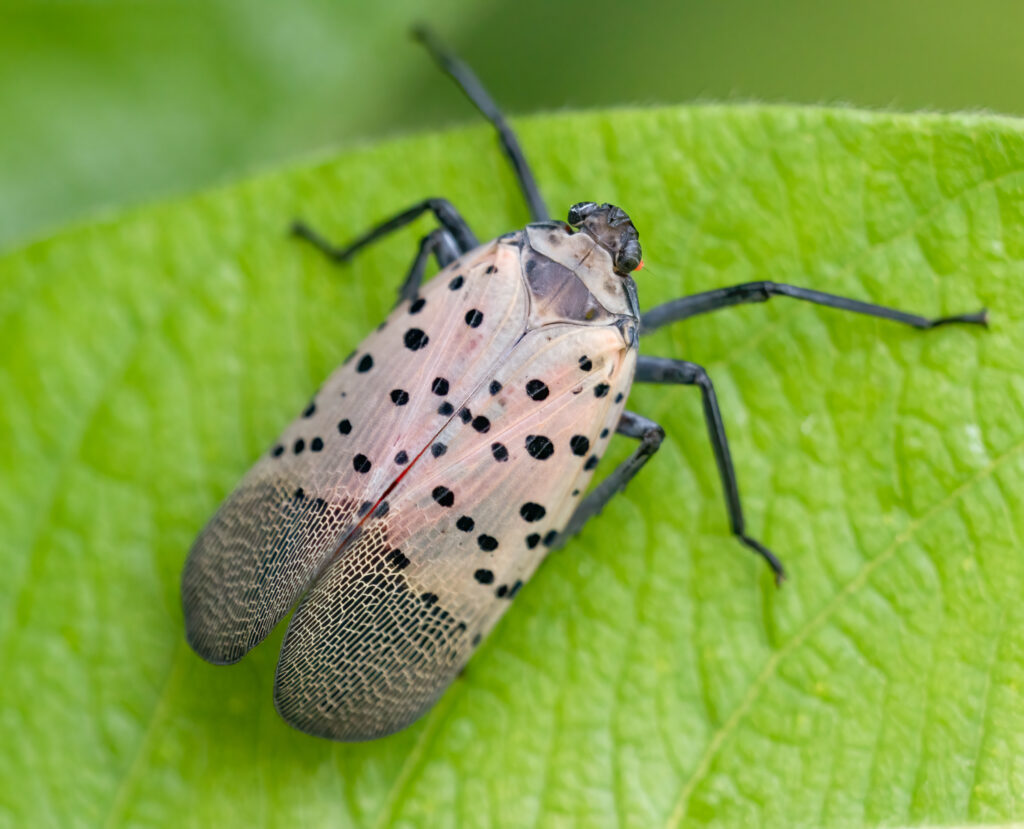
What is Biocontrol?
Biocontrol (short for biological control) means using nature to fight nature, introducing helpful insects or organisms that keep harmful pests in check, instead of spraying chemical pesticides. In this case, researchers are researching a tiny parasitic wasp from the Dryinidae family that targets young spotted lanternflies. It doesn’t harm people, pets, or crops, but it does help keep this invasive pest under control.
Why collect native planthoppers here at the Garden?
Before scientists can use this wasp as a biocontrol agent, they need to make sure it won’t accidentally go after other insects, especially native planthoppers that play a role in our local ecosystems. That’s where Greg and Mari come in. By collecting native planthoppers from gardens like ours and others across the West, they’re helping test whether the wasp will stick to its target, or if it might harm our local species, which would be a big problem. The research team is conducting this work throughout the country to determine any the risk of the potential biocontrol to native planthoppers. So, if you spot someone with a net in the garden, give them a wave; they’re helping protect our agriculture, support science, and stop a harmful pest before it spreads west.
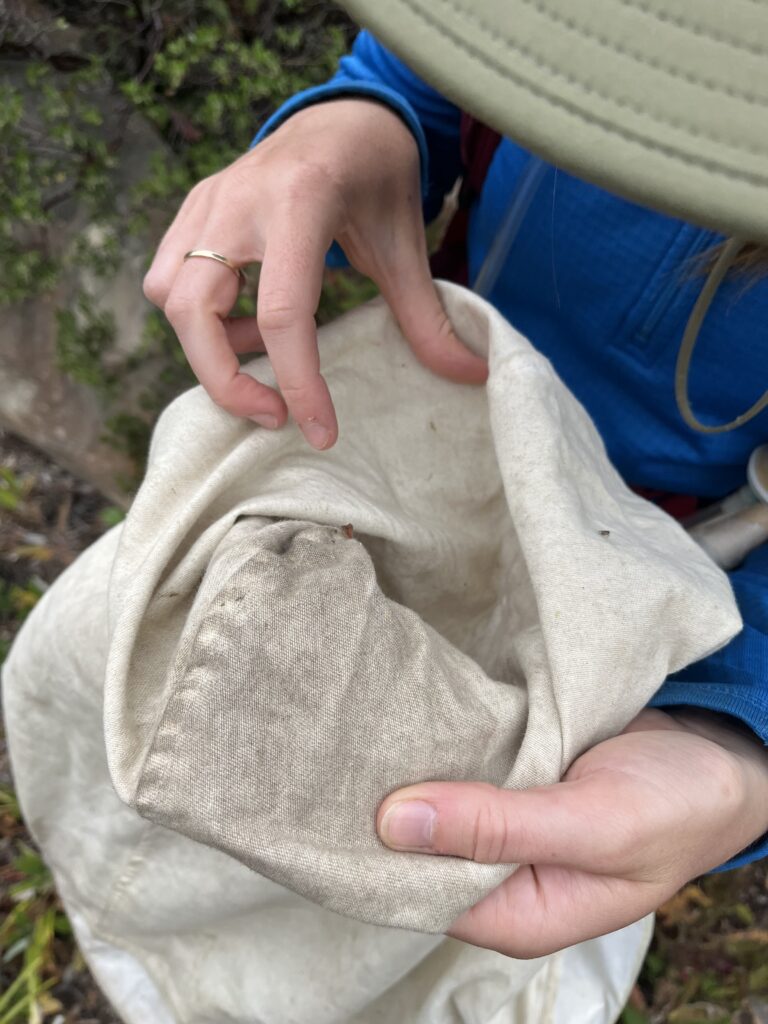
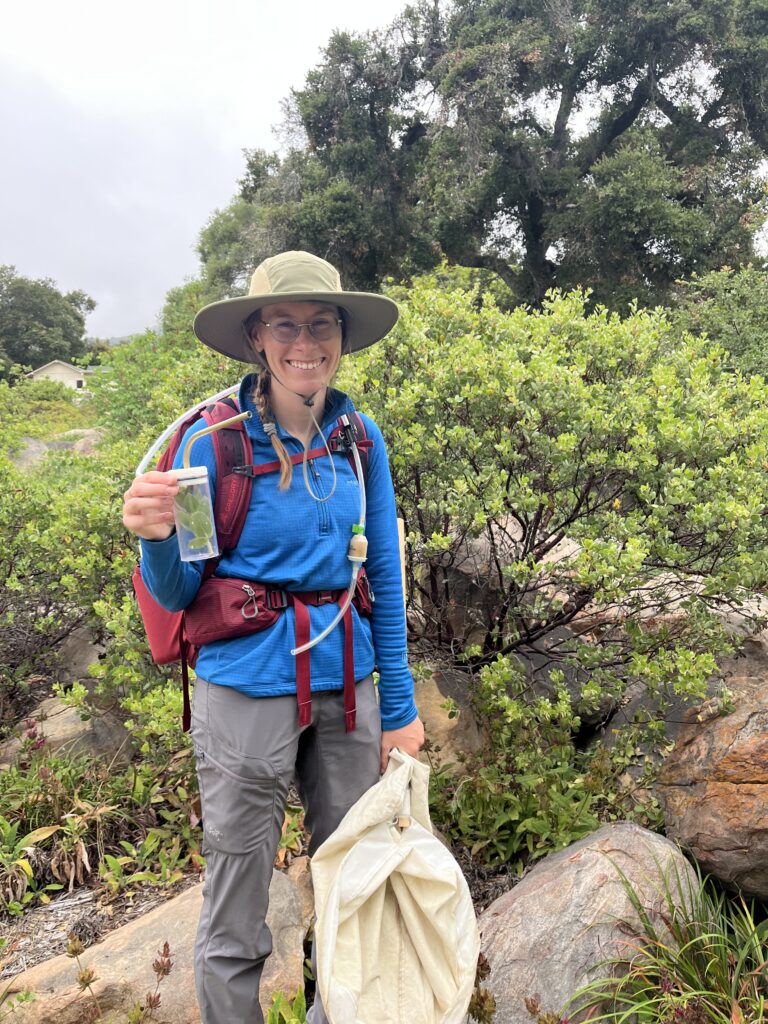
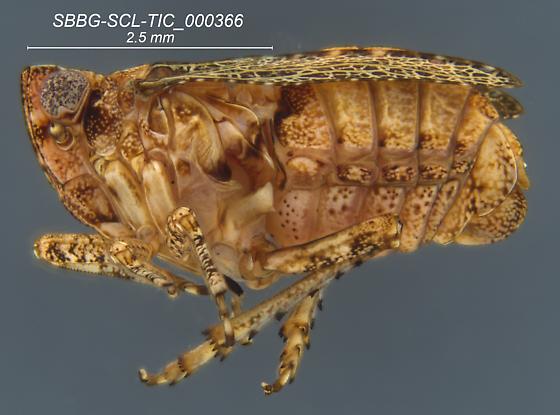
Lyonothamnus floribundus ssp. aspleniifolius. Image by Samantha K. Taylor.
 Donate
Donate